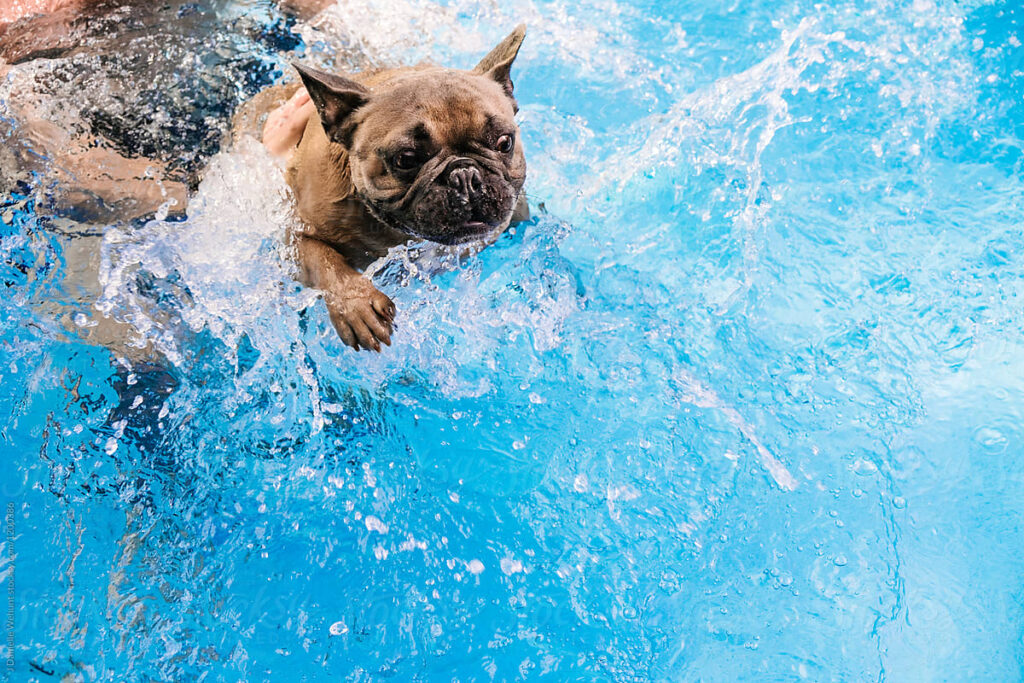Dog Training with Food: Building Obedience Without Dependency
In episode 3 of Puppy Training Principles Podcast, Jason talks about how using dog training with food is one of the most effective ways to teach your dog new skills while keeping training engaging. However, many owners worry about creating a dependency on treats rather than true obedience. In this episode of Cornerstone Dog Training, we break down how to use food the right way so your dog learns to listen even when you don’t have treats in hand.
Why Use Food in Dog Training?
Food is a powerful motivator for most dogs. It creates excitement, clarity, and a clear communication channel during training. When used correctly, food rewards can speed up your dog’s understanding of commands and build confidence in new behaviors. However, the goal is not to bribe your dog into listening but to use food as a teaching tool until the behavior is reliable, then phase out the need for treats over time.
Meet Gus: Sink or Swim
In this episode, Jason teaches Gus, a dog who was hesitant to get into the water. Gus’s family had heard french bulldog’s couldn’t swim. They wanted him to swim confidently but found that he was unsure, anxious, and needed encouragement to try. They worried about him falling into the family pool.
Using dog training with food, Jason helped Gus build confidence around the water. Instead of forcing him in, Jason used treats to create a positive association with the water, rewarding him for getting close, stepping in, and eventually swimming on his own.
The key with teaching a dog to swim:
✅ Using food as motivation to take the first steps into the water
✅ Rewarding small progress to build confidence
✅ Practicing consistently so Gus could learn to love swimming
✅ Transitioning to verbal praise and play once Gus was comfortable in the water
By the end of his experience, Gus was swimming confidently, enjoying the water, and showing that dog training with food can be an excellent tool not just for obedience but for helping dogs overcome fears and develop new skills in a safe, positive way.

The Key to Motivation
When Jason arrived to Gus’s home, he noticed something about the family. None of the kids who lived in the home wanted to swim. It wasn’t new or interesting to them, because it was always available. Dogs are the same way. A lot of owners practice “free-feeding”. Free-feeding, is when the owners leave food out for their dog all day, and the dog can just graze. This is a motivation killer. There’s no urgency, no novelty to the food. It’s always there.
Timed feedings promotes motivation. So when it is time to train, your dog will be ready to work for their food.
How to Feed a Dog- Using Timed Feedings
- Fill the bowl with the proper amount for your dog.
- Place the bowl in the normal designated feeding area. (Inside the crate works well too)
- Set a timer for 30 minutes.
- Remove the bowl. Even if there is food remaining.
- Repeat at the next feeding.
Avoiding Food Dependency
Many dog owners fear that using food means they will always need treats to get their dog to listen. The key is transitioning from treat-based learning to real-world reliability. Gus’s story shows how possible it is when:
- You reward immediately after the correct behavior to reinforce understanding
- You start randomizing rewards as your dog’s understanding improves
- You incorporate real-life rewards like praise, play, or access to freedom
- You build consistency in multiple environments
Creating a Balanced Training Routine
Effective dog training with food involves clarity, timing, and consistency. Use food to teach, but don’t stop there. You can train leash guidance, spatial awareness, and structured routines so your dog listens as a lifestyle, not just for a snack. Book a phone call with a trainer today if you are still struggling to motivate you dog.
Final Thoughts
Dog training with food should not be about bribery; it should be about clear communication, motivation, and structured learning. Use treats strategically to build understanding, then shift to variable rewards and real-life reinforcers to create lasting obedience.
If you want to learn more about using food effectively in your training while building a reliable, balanced dog like Gus, listen to the full episode anywhere you get podcasts.
Ready to Transform Your Dog’s Training?
If you’re ready to build clear communication and reliable obedience with your dog, we can help. At Cornerstone Dog Training, we use balanced methods, including dog training with food, to help dogs learn confidently and owners lead effectively.
Click here to learn about our training programs or contact us today to get started on your journey to a well-trained, happy dog.
And if you found this post helpful, share it with a friend who wants to build a better relationship with their dog!
+ show Comments
- Hide Comments
add a comment